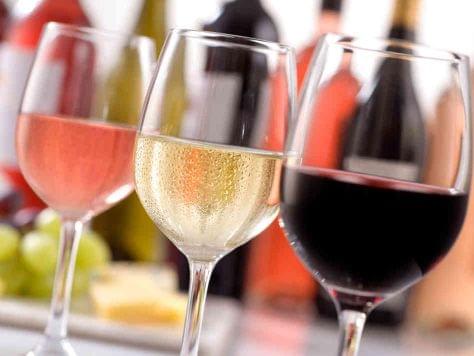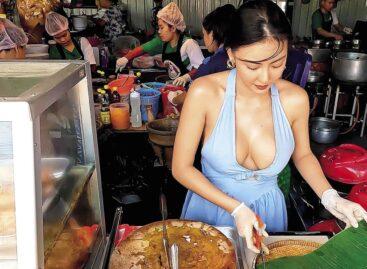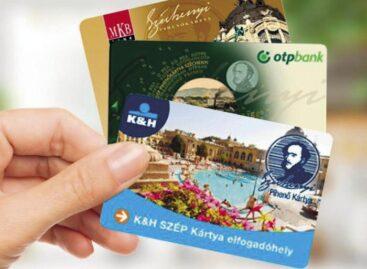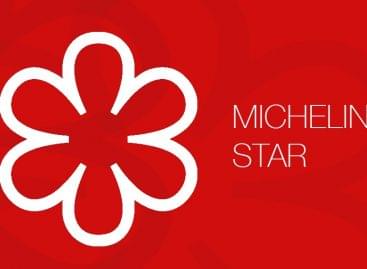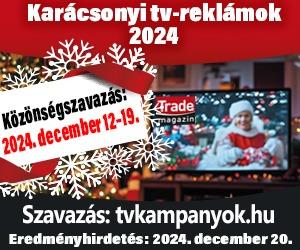Magazine: Going ahead on the fragrant road
According to Miklós Gáspár, commercial director of Garamvári Wineyard, in the last couple of years consumption at best stagnated in the domestic wine market, only the lowest price category and the upper segment managed to produce growth, while sales dropped in the medium category.
Light, fragrant white and rosé wines and sparkling wines were the most sough-after in the market. János Frittmann, co-owner of Frittmann Brothers Kft. reckons that in the last few years only small changes occurred in consumption trends, light whites and rosés retained their popularity. Kurt Taschner, owner of Taschner Wine and Sparkling Wine House Kft. concurs with him. He added that even in the red wine segment the lighter varieties sell better. A growing number of wineries make sparkling wine too, despite the fact that sales-wise market feedback isn’t positive. Ferenc Szlávik, head of the top gastronomy and wine division of Zwack Izabella Wine Shop talked to us about the constant development in the rosé, reductive-technology white wine and wine-based fizzy drink categories. He said that 5-8 years ago new wineries kept popping up but the market seems to be complete now if viewed from a producer perspective. János Eszterbauer, owner of Eszterbauer Winery revealed that retail chains had strengthened their position in wine sales to the detriment of specialist wine shops. Mr Gáspár thinks that the nationwide collective marketing strategy has neither a real owner nor a well-defined direction. He sees bigger potential in the cooperation of wine regions, done with precise targeting. Mr Eszterbauer told our magazine about winemakers’ successful cooperation in Szekszárd. He opines that despite government efforts there is no real progress made in educating consumers about wine – the average Hungarian still drinks poor-quality wine. Mr Taschner introduced the Austrian system of wine marketing to us: producers must contribute to the wine marketing budget and the state also puts lots of money in it. Mr Szlávik mentioned good examples of wine regions cooperating. Mr Frittmann reckons that being present at wine festivals mainly has marketing value and isn’t profitable in itself. His company prefers those events where the number of visitors is the highest, which are well-organised and where the members of the jury have real prestige. Mr Taschner agrees that going to wine festivals generates loss for wineries. Mr Eszterbauer also opines that wine festivals are about marketing. His winery doesn’t go to events which aren’t efficient in their marketing work. Mr Szlávik called out attention to the fact that results achieved at wine competitions can’t be translated directly into sales. The news of winning a medal in an international competition mightn’t even reach the average consumer. They see these occasions as excellent opportunities for brand building. Mr Gáspár said that many organizers of festivals have started to charge wineries too much for participation, because all they think about is making profit in the short term.
Related news
Related news
The SZÉP card will also be available in digital form from 2025
From September 1, 2025, a significant change will come into…
Read more >Both MOL Campus restaurants, Virtu and Zazie, have received Michelin recommendations
Just one year after their opening, both restaurants at MOL…
Read more >
